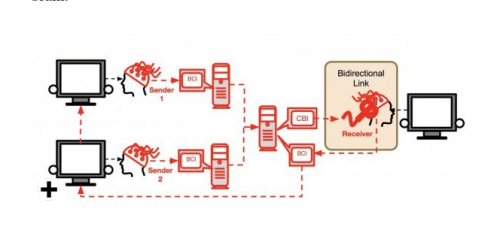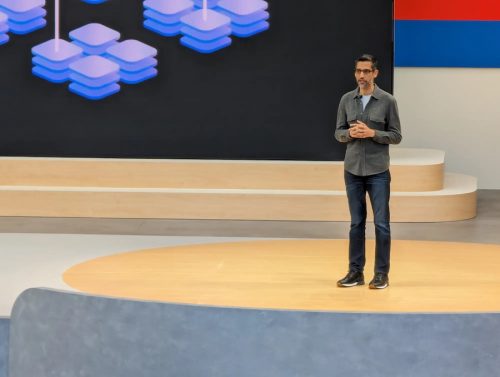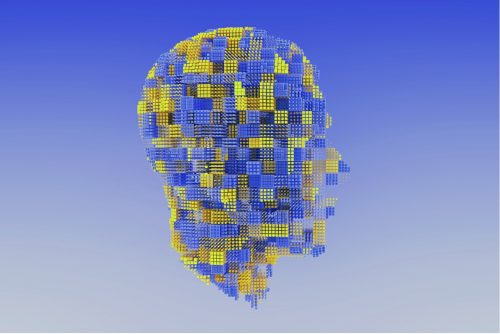A group of researchers at the University of Washington in Seattle has successfully connected human brains in the first brain-to-brain network.

The possibility of thoughts communication that used to be considered science fiction is now turned into reality. In 2015, Andrea Stocco and his colleagues at the University of Washington used his gear to connect people via a brain-to-brain interface. On September 29, 2018, he announced the success of the world first brain-to-brain network called BrainNet. The system allows a small group to play a puzzle like Tetris.
The tools run on the foundation of electroencephalograms (EEGs) to record electrical activity in the brain and transcranial magnetic stimulation (TMS) transmitted into the brain. BrainNet will measure number of electrodes placed on the skull and spot changes in brain signal for instance seeing a light flashing at 15 hertz causes the emitting of brain signal at the same frequency, when the light is switched to 17 Hz, the signal from the brain will change as well.
Stocco and his team have created a network allow three people to send and receive information from their brain using EEG and TMS, the experiment was carried by letting individuals in separated room without the capability to communicate conventionally. Two of them are senders wearing EEG can see the full screen, the game is designed so the descending block fit the row below, either it is rotated by 180 degrees or not, the senders have to make the decision on which shapes and broadcast to the receiver. See the senders control their brain signals by staring at LEDs on either side of the screen – one flashing at 15 Hz and the other at 17 Hz. The receiver is attached to an EEG and TMS can only see the upper half of Tetris and the block but not the way it is rotated. He can only decide by receiving signals via TMS saying “rotate” or “do not rotate”. The senders can see the two half can determine whether to rotate or not and transmit the signal to execute the action to the receiver.
As technology nowadays has more influential to our daily lives and function, we need to avoid accidental failures as it is attached to our safety, prosperity, and more. Researchers should guarantee the user’s safety by following ethical standards. Which is what AIWS is doing; one of their works is the AIWS 7-layer model for technology developers.










